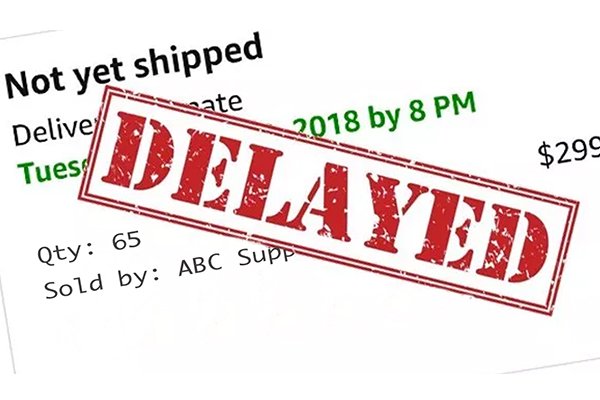Delayed Power Strip Orders from China? Here’s What You Can Do

Delays in power strip shipments can disrupt your entire supply chain—especially if you’re stocking for peak seasons or fulfilling key B2B contracts.
This article explores the most common causes of shipping delays from China1, how to communicate better with suppliers, and what proactive steps you can take to avoid future disruptions.
Common Reasons Why Power Strip Shipments Get Delayed
From raw material shortages to customs holdups, multiple factors can cause late deliveries.
Understanding the root causes helps you manage expectations and apply the right solutions.
Typical Delay Scenarios
-
Raw Material or Component Shortages
Plastic, copper, or PCB shortages can halt production unexpectedly. -
Production Bottlenecks
Factories often overbook during peak seasons (March–May, September–December). -
Quality Control Failures
If an order fails final inspection, it may be reworked or held back. -
Holidays and Factory Shutdowns
Chinese New Year and Golden Week pauses production for up to 3 weeks. -
Logistics and Port Congestion
Especially common at Ningbo, Shenzhen, and Shanghai ports.
| Delay Cause | Impact Timeframe |
|---|---|
| Material shortage | 1–2 weeks |
| QC rework | 3–10 days |
| Holiday closure | 2–4 weeks |
| Port congestion | 5–15 days |
How to Communicate Effectively with Your Chinese Supplier
Clear and proactive communication is your best defense against production silence.
Most delays escalate because of unclear instructions or misaligned timelines.
Best Practices
-
Set clear lead times in your purchase order (PO)
Include delivery deadlines, not just production windows. -
Confirm production start and estimated finish dates upfront
Ask for timeline checkpoints: tooling, sample approval, mass production start. -
Use simple, bullet-point English and visual references
Avoid complex language; use product drawings and photos. -
Establish regular updates
Weekly status reports via WeChat or email help identify risks early.
| Communication Tip | Benefit |
|---|---|
| Ask for factory production schedule | See if your order is queued |
| Clarify incoterms and port info | Avoid handoff errors with freight |
| Build rapport with a key contact | Speeds up responses during delays |
Steps to Minimize Future Order Delays
Preparation and strong supplier relationships are key to staying on schedule.
Action Plan:
-
Place orders early
Add a 2–3 week buffer before your actual deadline. -
Use a written contract with penalties for delays
This holds the factory accountable. -
Work with suppliers who offer real-time production tracking2
Some modern factories provide photos or video updates. -
Hire a sourcing agent or inspection company3
On-the-ground support can prevent delays before they escalate. -
Batch orders strategically
Group products with similar components to streamline production.
When to Consider Backup Suppliers or Local Stocking Options
If delays happen often, it may be time to rethink your sourcing strategy.
Relying on a single Chinese supplier can be risky, especially if you lack buffer stock.
Consider These Options:
- Dual sourcing: Work with 2 factories to mitigate risk
- Use trading companies with local warehouse stock
- Explore bonded warehouse options in your destination country
- Negotiate stock-keeping terms with your best-performing supplier
| Strategy | Advantage |
|---|---|
| Dual suppliers | Reduces single-point-of-failure risk |
| Local warehousing | Enables faster delivery |
| Frame contracts with stock term | Ensures factory holds inventory |
Conclusion
Delays in power strip shipments from China aren’t always avoidable—but with strong communication, planning, and contingency strategies, they don’t have to derail your business. Stay proactive, clarify timelines, and work with suppliers who value your deadlines as much as you do.
When possible, diversify sourcing and prepare backup plans to build a resilient import strategy.






